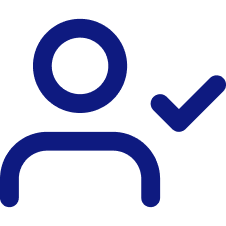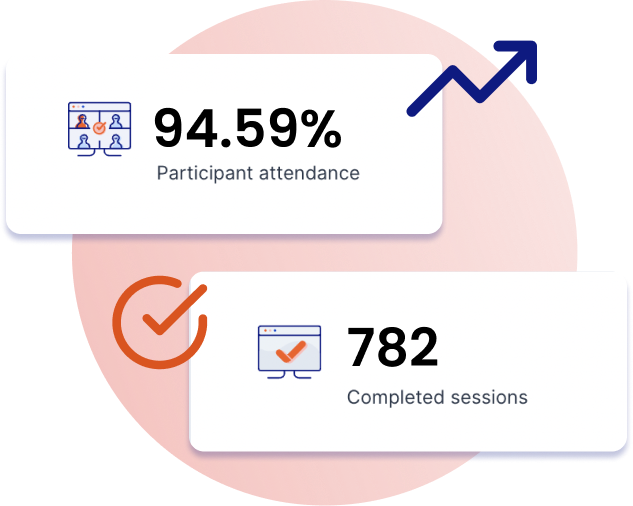Outcomes-Based Contracting
When delivered according to established research, high-impact tutoring can dramatically accelerate student academic growth. Outcomes-based contracting ensures tight alignment between Littera and district partners, making programs run more effectively and producing better student outcomes.
What Does it Mean to Have an Outcomes-Based Contract?
Outcomes-Based Contracting is a contract between a district and a vendor in which a portion of the payment is contingent upon student growth and outcomes. This model promotes accountability and encourages effective educational partnerships. Key components of Outcomes-Based Contracting include:
Payments Tied to Student Outcomes
District and Provider Share Risk
Price Driven by Value
Opportunity to Incentivize Results
Benefits of OBC

Attendance
Outcomes based contracting and continuous improvement monitoring improves tutoring attendance

Student Performance
Improved likelihood students previously below grade level standard will grow towards grade level proficiency

Fiscal Responsibility
Districts report saving up to 45% of performance fees and reinvest money to support more students
Littera Offers Outcomes-Based Tutoring Contracts

Littera works with district partners to build a program design, agree upon valid academic measures and growth targets, and deliver high-impact tutoring programs with built in technology for data-collection, monitoring and continuous improvement.

Data Transparency & Accountability
Waiting until a high-impact tutoring program is over to assess progress is a missed opportunity. Accurate data is key to ensuring that interventions are effective and provides the ability to make timely adjustments when necessary. With Littera Insights, districts can take a deeper dive into the data, customizing reports and automating data distribution. This level of transparency and flexibility is vital for meeting the expectations of outcomes-based contracts, ensuring accountability and driving measurable improvements in student performance.

Watch Our OBC Webinar
Discover how Outcomes-Based Contracting (OBC) is transforming education by aligning vendor services with measurable student success. Watch our webinar, “From Buying Services to Buying Outcomes: How Outcomes-Based Contracting Fosters Mutual Accountability in High-Impact Tutoring,” to learn how OBC differs from traditional models and explore its benefits and challenges for both districts and providers.

